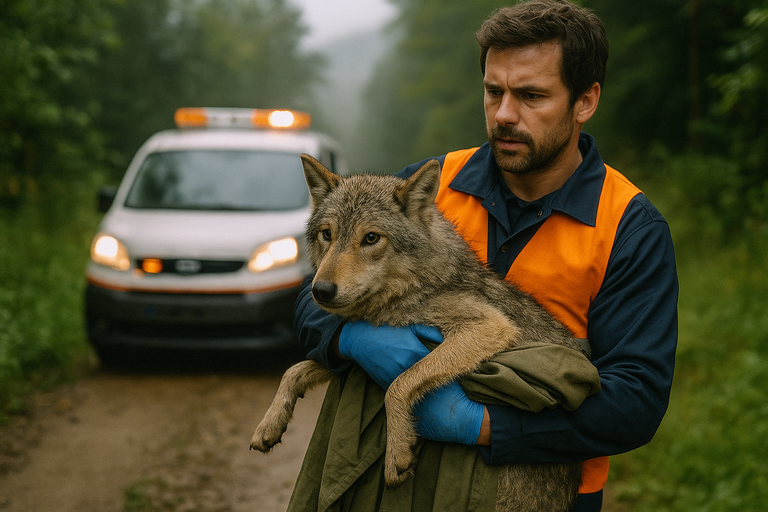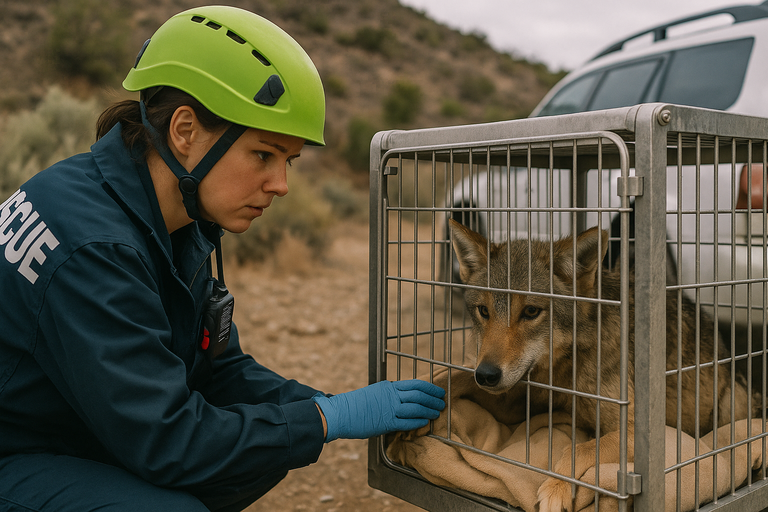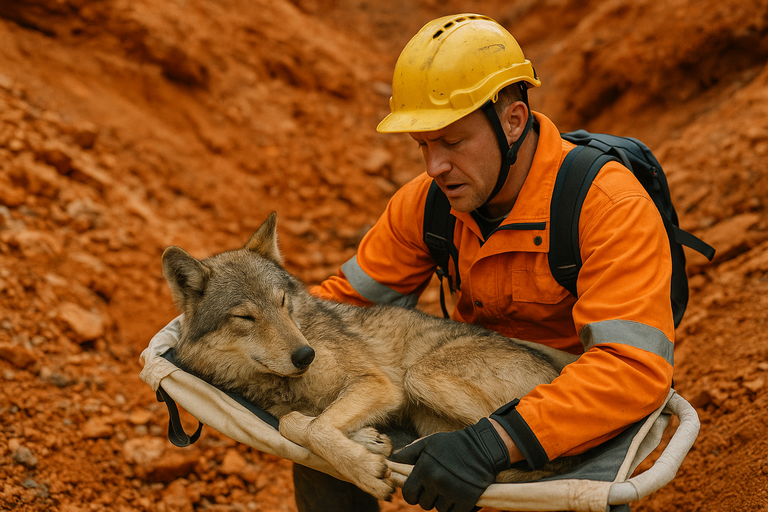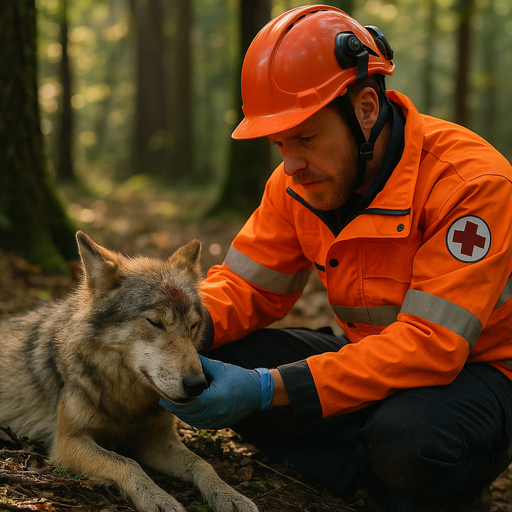Wild canines, including wolves, foxes, and coyotes, play essential roles in ecosystems. However, due to human encroachment and environmental disasters, they often end up injured, orphaned, or displaced. Organizations focused on wild canine rescue act as first responders for these vulnerable animals.
In addition, these rescues help restore ecological balance. For instance, reintroducing healthy predators into the wild helps control prey populations, which prevents overgrazing and habitat degradation. Therefore, rescue efforts extend far beyond individual animals.
The Challenges Rescuers Face in Wild Canine Rescue Operations
Conducting a successful wild canine rescue requires training, planning, and quick decision-making. Unlike domestic animals, wild canines behave unpredictably when stressed or injured. Rescuers must assess the situation, secure the animal safely, and provide medical care without triggering aggression.
Wild Food as a Gateway to Self-Reliance and Natural Living
Moreover, remote locations and harsh weather often complicate rescue efforts. For instance, reaching a stranded wolf in mountainous terrain may involve helicopters, ATVs, or hiking for hours. Therefore, preparation and teamwork become critical to every operation.

Rehabilitation and Reintroduction
Rescuing an animal is just the beginning. True success comes from rehabilitation and reintroduction. Wildlife centers help injured or malnourished animals recover physically and mentally. Through expert care, wild canine rescue transforms frightened survivors into confident predators ready for release.
In addition, these facilities teach animals to avoid human contact, improving survival odds. For example, scent-based feeding or enclosure design can reinforce natural behavior. Therefore, rewilding efforts protect both the animal and its ecosystem.
Community Involvement in Wild Canine Rescue Efforts
Local communities often play a vital role in successful rescue initiatives. Whether they report injured animals, donate supplies, or volunteer time, their support strengthens every operation. Additionally, public awareness campaigns about wild canine rescue build empathy and reduce fear toward these misunderstood animals.
Why Wild Deer Food Is Essential for Ecosystem Balance
For instance, community members may alert officials to dens near construction zones, enabling safe relocation. In addition, educational programs foster cohabitation rather than conflict. Therefore, informed communities become allies in conservation.

Ethical Dilemmas in Wild
Rescuers often face difficult decisions. Should a severely injured animal be euthanized or given a chance at recovery? Can a pup raised in captivity truly survive in the wild? These ethical questions make wild canine rescue emotionally complex and professionally demanding.
Furthermore, human intervention sometimes clashes with nature’s course. For example, rescuing one predator might unintentionally disrupt prey populations. Therefore, teams must weigh animal welfare against long-term ecological impact during every mission.
The Role of Technology in Modern Wild Canine Rescue
Advancements in technology have significantly improved wildlife rescue outcomes. GPS tracking, trail cameras, and thermal drones allow teams to locate animals faster and more safely. As a result, wild canine rescue operations have become more efficient and less intrusive.
Why Wild Squirrel Food Plays a Vital Role in Natural Ecosystems
In addition, veterinary technology such as portable X-ray machines and rapid blood analysis help treats injuries on-site. Therefore, tech not only saves lives but also reduces stress for animals and minimizes transport risks.

Long-Term Impact of Wild Canine Rescue Programs
The broader effects of wild canine rescue extend well beyond individual cases. Healthy predator populations regulate prey numbers, support biodiversity, and stabilize ecosystems. Over time, these programs also influence environmental policy and land management practices.
For instance, the return of wolves to Yellowstone led to riverbank regeneration and improved vegetation growth. In addition, rescue data informs research on disease control and climate adaptation in wildlife. Therefore, every rescue supports science and conservation.
How to Support Wild Canine Rescue as an Individual
You don’t need to be a field expert to contribute meaningfully. Donating, spreading awareness, and participating in citizen science projects all support wild canine rescue. For example, tracking sightings via apps helps organizations monitor populations in real time.
In addition, adopting responsible outdoor habits—like securing trash or avoiding dens—reduces the need for rescue in the first place. Therefore, small actions from many individuals can create lasting positive impact for wild canines.

Final Thoughts
As climate change accelerates and human development expands, wild animals will face increasing challenges. Thus, the importance of organized wild canine rescue will only grow in the years ahead. By combining expert care, ethical decision-making, and community support, we give these vital creatures a fighting chance.
In conclusion, every successful rescue tells a story of resilience—not just for the animal, but for our shared ecosystems. Supporting these efforts ensures that nature’s most agile and intelligent predators continue to roam free.

